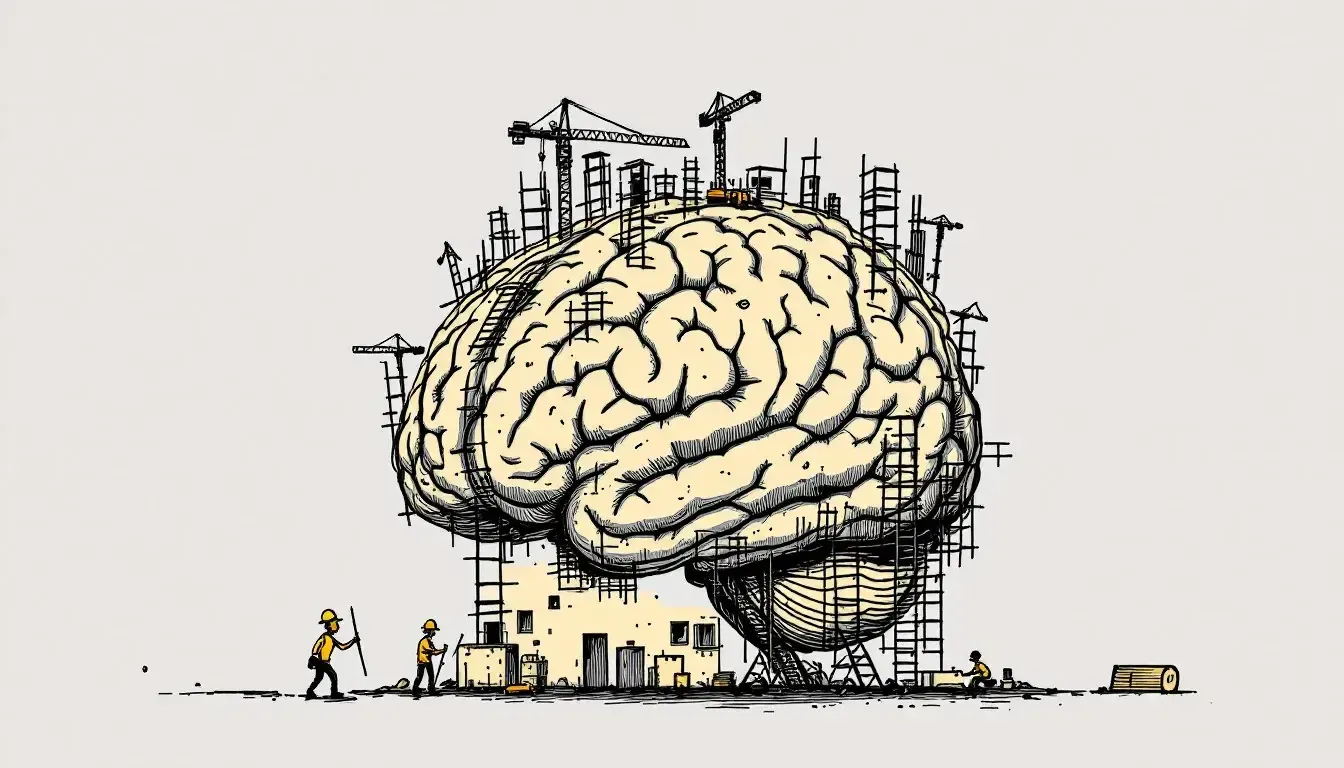When Brains Remodeled While Still in Use

Rea,
Imagine waking up to find our house under major renovation. The kitchen suddenly doubles in size while the hallways stay narrow. Workers are removing walls in one room while building new ones in another.
This is exactly what happens to the human brain during the teenage years. Around age 11-12, the brain begins a massive remodeling project that continues for about ten years. Unlike other body parts that grow steadily, the brain develops in stages, with different areas growing at different times. During this period, the brain doesn’t just get bigger—it gets completely rewired.
Many animals go through similar changes. Dolphins, elephants, and chimpanzees all experience brain changes as they grow up. But humans take this process to an extreme level. While most mammals rewire about 20-30% of their brain connections, humans rebuild a whopping 50%! Brain scientist Jay Giedd discovered this when he took pictures of teenage brains every two years. The same person’s brain looked completely different at 12, 14, and 16 years old.
One of the most interesting parts of this renovation is the timing. The brain’s emotional center develops about 2-3 years earlier than the part that handles planning and decision-making. It’s like having your kitchen fully upgraded with new appliances while the control panel that operates them is still being installed. This creates a temporary “construction zone” where feelings are strong while the systems that help manage them are still developing.
But this seemingly messy approach isn’t a mistake—it’s actually a brilliant design. Studies by researcher Eveline Crone showed that teenage brains are about 30% better at creative problem-solving than adult brains in certain situations. Their brains are perfectly set up for exploring and learning new skills. Scientists at the University of Pennsylvania found that this unique brain state makes young people better at adapting to new situations and learning complex social rules—exactly what humans need to master.
This explains why so many breakthroughs come from young minds. When Albert Einstein developed his famous theories, he was just 26, having started the work as a teenager. Mary Shelley wrote “Frankenstein” at 18. Mozart composed his first symphony at 8. Their brains were in that perfect state between childhood simplicity and adult efficiency—a special window when creativity peaks.
The teenage brain isn’t just an unfinished adult brain. It’s specially designed for learning, creating, and exploring—like a building that temporarily looks messy during renovation but emerges more amazing than ever before.
Love, Abba

